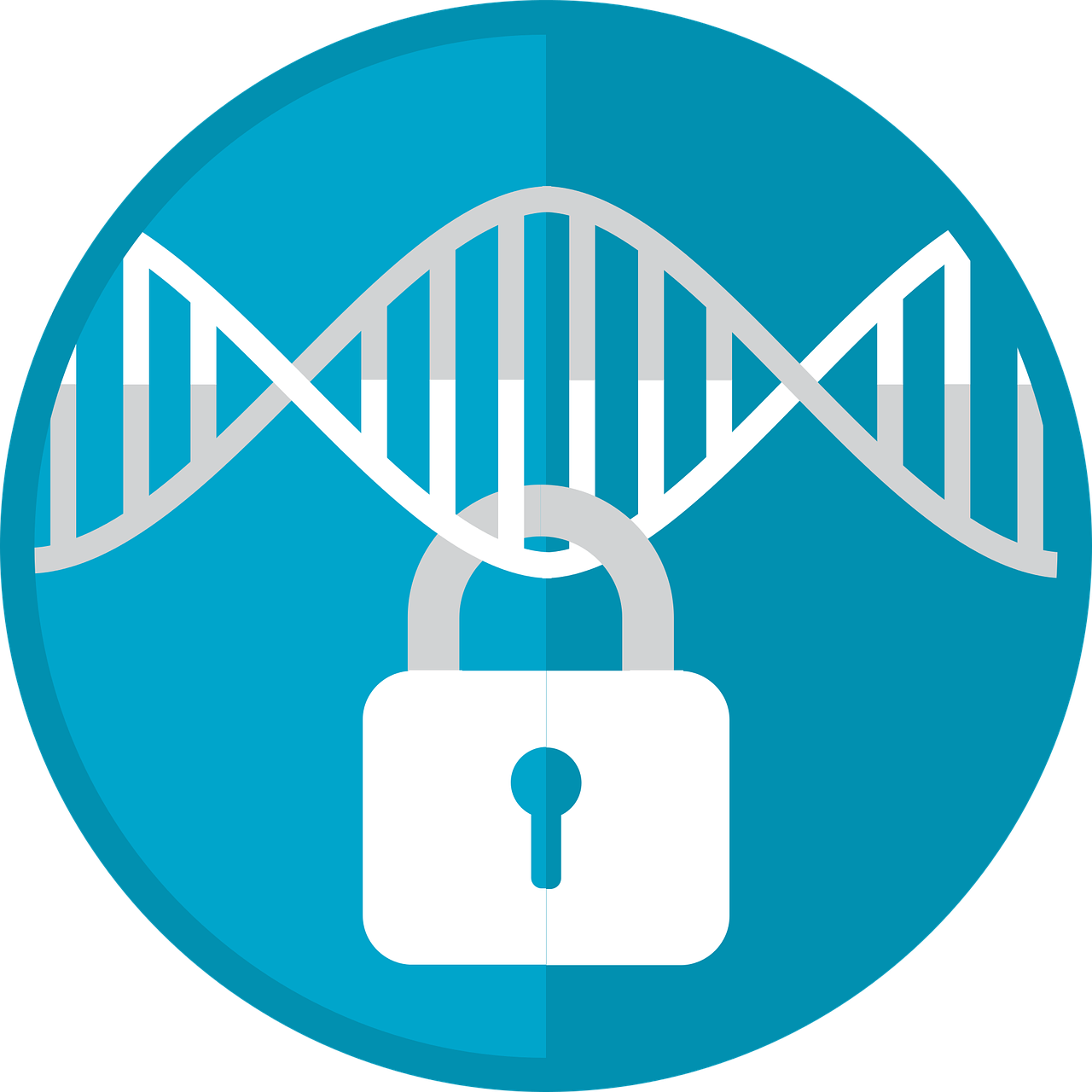Title: Understanding the Role of Hydrological Monitoring in Our Daily Lives
Title: The Importance of Hydrological Monitoring in Our Daily LivesHydrological monitoring plays a critical role in our daily lives, providing valuable insights into the health and functioning of our water systems. By collecting data on factors such as rainfall, river flow, and groundwater levels, hydrological monitoring helps us to better understand and respond to changes in our environment. This information is essential for maintaining sustainable use of water resources, protecting natural ecosystems, and ensuring public safety.In addition to its environmental benefits, hydrological monitoring also has significant economic and social implications. For example, it can help farmers make informed decisions about irrigation and crop management, leading to more efficient use of resources and increased yields. It can also inform urban planning and development, ensuring that new infrastructure is designed with water conservation and sustainability in mind.However, effective hydrological monitoring requires ongoing investment and collaboration between government agencies, research institutions, and the private sector. By working together to improve the accuracy and accessibility of hydrological data, we can better protect our natural resources and ensure a sustainable future for generations to come.
Hydrological monitoring is a crucial component of environmental management and conservation efforts. It involves the collection, analysis, and dissemination of data related to water resources, including their quantity, quality, and distribution. This article aims to provide a comprehensive overview of hydrological monitoring and its importance in our daily lives.

1. What is Hydrological Monitoring?
Hydrological monitoring refers to the systematic collection, processing, and analysis of data related to water systems. This includes both surface water (rivers, lakes, and oceans) and groundwater. Hydrological monitoring helps to assess the condition of water resources, identify potential problems or threats, and inform decision-making processes related to water management and use.
There are several methods used for hydrological monitoring, including remote sensing, field surveys, laboratory analyses, and statistical modeling. Each method has its advantages and limitations, and different monitoring objectives may call for the use of a combination of techniques.
1. Objectives of Hydrological Monitoring
The primary objective of hydrological monitoring is to provide accurate and timely information about water resources. This information enables policymakers, stakeholders, and the general public to make informed decisions about water management and use. Some specific goals of hydrological monitoring may include:
a. Assessment of water resource conditions: Hydrological monitoring helps to assess the quantity, quality, and distribution of water resources, as well as their sensitivity to environmental changes. This information is essential for identifying potential problems or threats to water supplies, such as droughts, floods, or water pollution.
b. Monitoring of water flow and storage: Hydrological monitoring can be used to track changes in water flow patterns over time, monitor the state of groundwater reserves, and assess the performance of water storage infrastructure like dams and reservoirs.
c. Detection of pollution: Hydrological monitoring can help detect and quantify the presence and extent of pollutants in water bodies. This information is critical for developing effective treatment strategies and ensuring that drinking water standards are met.
d. Assessment of climate impact: Hydrological monitoring can provide insights into how climate change is affecting water resources and systems. This information is essential for developing adaptation strategies and mitigating the impacts of climate change on water supplies.
e. Informed decision-making: Accurate and timely information provided by hydrological monitoring enables policymakers to make informed decisions about water management and use. This includes decisions related to water allocation, conservation, and reuse.
1. Types of Hydrological Monitoring Techniques
There are several techniques used for hydrological monitoring, each with its own strengths and limitations. Some common types of hydrological monitoring techniques include:
a. Remote sensing: Remote sensing involves the use of satellites or aircraft to collect data about the Earth's surface. This technique can be used to monitor changes in water surfaces, vegetation cover, and land use patterns, among other variables. Remote sensing data can also be used to estimate soil moisture content, which is essential for understanding irrigation practices and crop productivity.
b. Field surveys: Field surveys involve collecting data directly from water resources using manual methods like questionnaires, interviews, or physical observations. Field surveys are particularly useful for assessing the behavior of specific species of aquatic plants and animals, as well as detecting changes in water quality due to human activities like agricultural runoff or urbanization.
c. Laboratory analyses: Laboratory analyses involve testing samples of water or sediment to determine their chemical composition and other physical properties. This technique is often used to detect pollutants like pesticides, fertilizers, or heavy metals in drinking water or aquatic ecosystems.
d. Statistical modeling: Statistical modeling involves using mathematical algorithms to analyze large datasets and generate predictions about future trends or patterns in hydrological variables. This technique can be used to forecast changes in water availability or volume, as well as evaluate the effectiveness of different management strategies.
1. Importance of Hydrological Monitoring in Daily Life
Articles related to the knowledge points of this article:
Hydrological Monitoring Stations: Importance and Applications